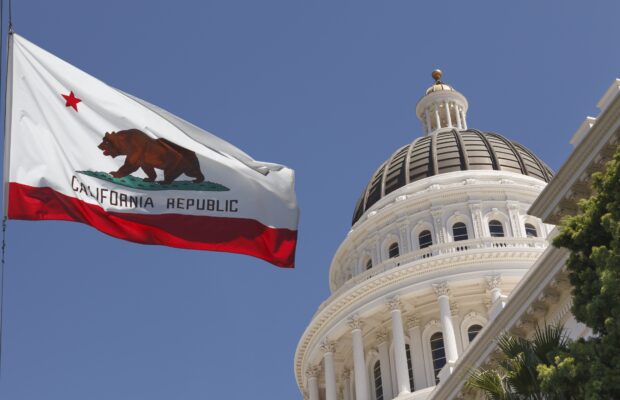On October 6, 2017, Governor Brown approved Assembly Bill (AB) 246, extending certain CEQA litigation streamlining provisions under the Jobs and Economic Improvement Through Environmental Leadership Act of 2011 (the Act) for two years. The Governor may now certify projects as eligible for streamlining until January 1, 2020. Projects that are certified for streamlining have until January 1, 2021 to complete the CEQA process and obtain project approval.
The Act provides three key litigation streamlining benefits to qualifying projects:
- All judicial challenges to an EIR certification or related project approvals, including “any potential appeals,” must be resolved, to the extent feasible, within 270 days of the filing of the certified record of proceedings (i.e., the administrative record) for the EIR with the court. Pub. Res. Code § 21185. Absent such streamlining, CEQA litigation can last for two years or more with appeals;
- The schedule for preparation of the administrative record is shortened and the record must be prepared by the lead agency, eliminating the petitioner’s ability to elect to prepare it; and
- The lead agency must certify the record within 5 days of its approval of the project (rather than 60 days after filing the petition under the normal CEQA process).
Qualifying Projects:
Three types of projects can qualify as an Environmental Leadership Project: (1) a clean renewable energy project that generates electricity exclusively through wind or solar; (2) a clean energy manufacturing project; or (3) a “residential, retail, commercial, sports, cultural, entertainment, or recreational use project.”
Project sponsors must submit a detailed application to the Governor demonstrating that the project meets eligibility criteria for streamlining, such as achieving a LEED gold rating or better and enhancing transportation efficiency metrics. Cal. Pub. Res. Code § 21180 (Guidelines available here). Upon receipt and review, the Governor has the discretion to certify the project after making findings, including that the project will “result in a minimum investment of $100,000,000 in California upon completion of construction”; generate “high-wage, highly skilled jobs that pay prevailing wages and living wages and provide construction jobs and permanent jobs”; and not produce any net additional greenhouse gas emissions.


